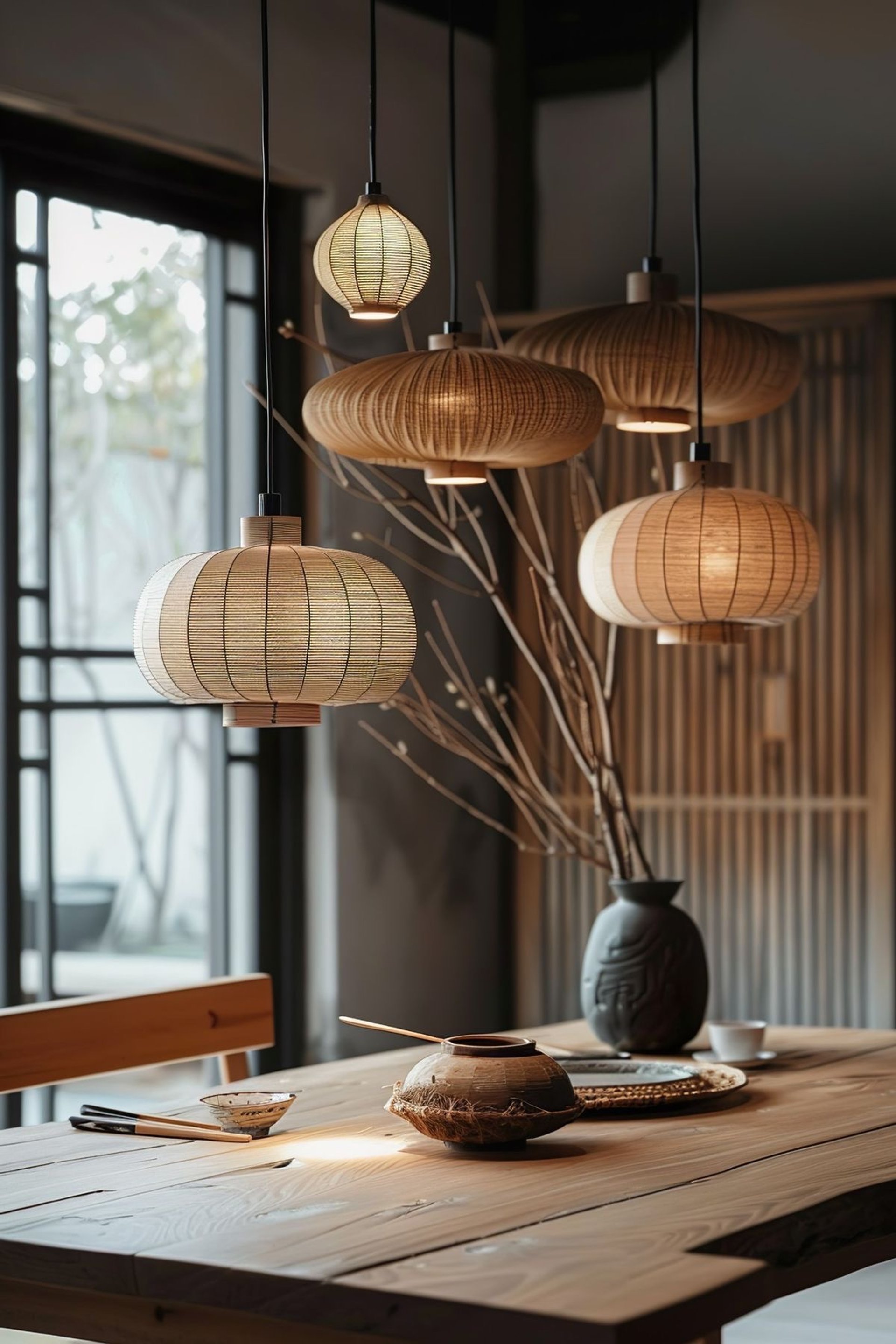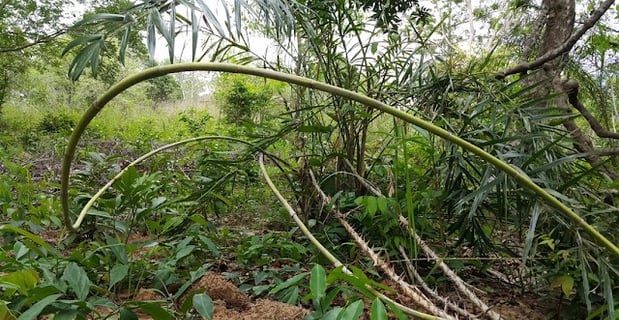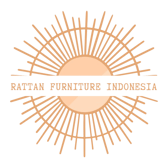Rattan Benefits
Economic Potential and Environmental Sustainability
Oleh Suhendra (Suarakalbar)
1/1/20251 min read



Rattan as one of Indonesia's natural resources has long been the main raw material in the craft and furniture industry. In addition to having high economic value, rattan also has various benefits that can support environmental sustainability.
Rattan has great potential as a source of income for the community, especially in rural areas. Many people rely on the collection and processing of rattan to meet their daily needs. The rattan craft industry is also growing rapidly, with products such as chairs, tables, baskets, and various other household items in demand in the domestic and international markets.
Unlike wood which takes tens to hundreds of years to grow, rattan is a plant that grows faster and is easily renewed. Thus, the use of rattan as a raw material will not cause significant forest damage. In addition, rattan is also able to absorb carbon dioxide, thus contributing to the reduction of greenhouse gas emissions.
The use of rattan also indirectly supports forest conservation efforts. Because rattan grows under the canopy of tropical forests, its presence helps maintain the integrity of the forest ecosystem. In addition, the increasing demand for rattan can encourage people to maintain forest sustainability, because healthy forests are a natural habitat for rattan plants.
Over time, rattan is not only used in traditional forms. Many designers and craftsmen have begun to innovate by creating modern rattan products that are more stylish and functional. This innovation not only increases the economic value of rattan, but also introduces local Indonesian culture to the global scene.
With all its benefits, rattan is a natural resource that must be managed wisely. Its great economic potential and contribution to environmental sustainability make rattan one of the commodities that deserves more attention from the government and society.
Rattan Furniture Indonesia
Providing the best rattan furniture worldwide.
Craftsmanship
Ask a question ?
Warehouse
Location
479R+C98, Beji Wetan, Sendangsari, Pajangan, Bantul Regency, Special Region of Yogyakarta 55751
Hours
9 AM - 5 PM
admin@rattanindonesia.com
